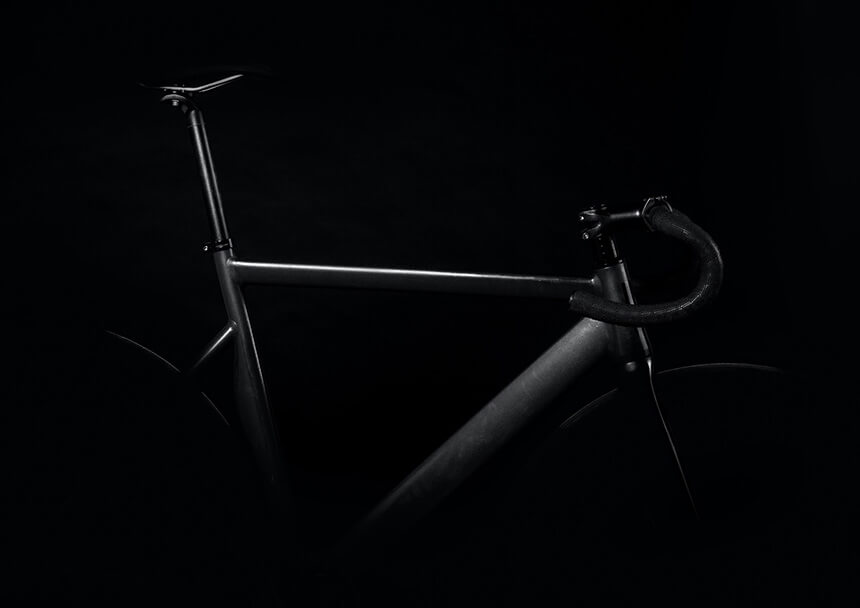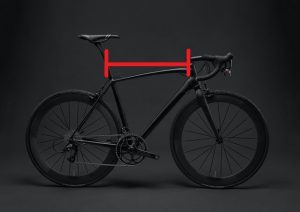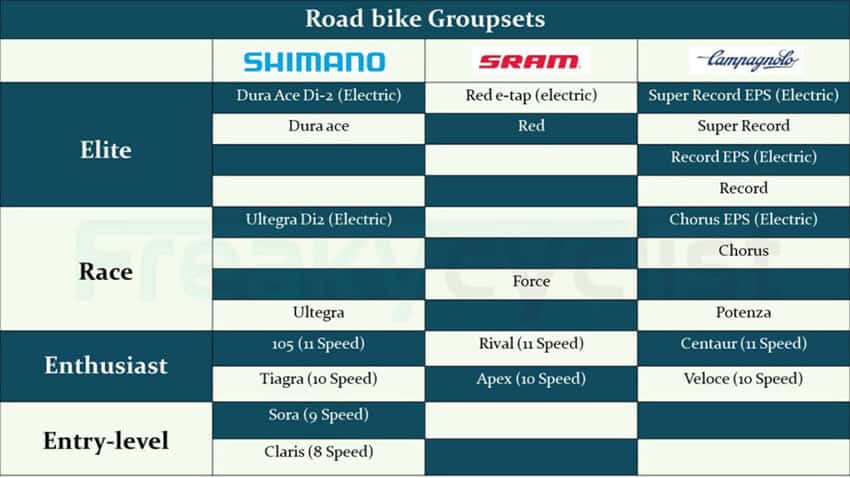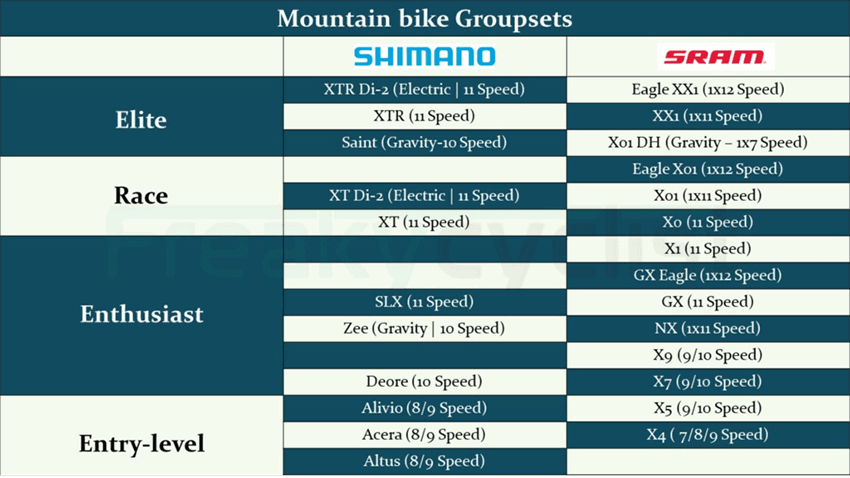Hey bike lovers, I know your struggle for finding a proper article about today’s topic. Guess what? How to choose a bike. That’s why I have decided to publish this as our first post. BTW, Do you know?
You can burn about 300 calories by 15 miles of cycling! (at a moderate speed). Cycling is fun! You can enjoy exploring roads and towns by riding.
Touring by cycle is much more enjoyable. Racing and trekking are exciting experiences to have. Moreover, you can commute with comfort on a bicycle. Commuting gets more accessible with a bike on busy roads.
Where cars are stuck in traffic jams, you can pass the road quickly with a bike. For those reasons, cycling is getting popular across the world, especially in Europe and America.
You may have got interested in bikes after knowing the benefits. But the problem is, beginners, don’t know how to choose a bike. On the market, you will get many types of bikes with different features. All types of bikes are not suitable for everyone.
If you buy the wrong bike, you will not get the expected performance. If you are a beginner and don’t know how to choose your perfect bike, this post is for you. We will guide you step by step to choose your perfect bike.
Step-1: Know your perfect type of bike

Bikes are differentiated by their profile, utility, and terrain they go on. You will find different types of bikes, having different utility and profiles. All bikes have various designs and features. So how to choose the perfect bike for you? Firstly, ask yourself the below questions:
- For which purpose I am buying the bike?
- On which type of surface(s) will I ride?
Note down your answers. Choose the perfect type of bike from the below list according to the answer.
Road bike:
Road bikes are for an efficient on-road riding experience. You can sit in an aggressive racing position on these bikes. Moreover, it has a lightweight frame and thinner skinny tires that favor the riders to go fast. That’s why road bikes are ideal for races and quick commutes.
Features: Long top tube, lightweight frame, skinny tires, drop handlebar, moderate gear option.
Suitable for: On the road, fast riding, commute, endurance, fitness.
Not Suitable for: Offroad, touring, icy road, sandy road.
Mountain bike:
Mountain bikes, also known as MTBs, are built for mountain trails and offroad rides. You will get wider knobbly tires that ensure excellent grip with the surface. An upright position on MTBs gives you a comfortable ride and outstanding control over uneven terrain.
MTBs have suspensions to absorb the shocks of the jerky road.
Features: Compact geometry, wider & knobbly tires, wider gear range, riser handlebar, suspensions.
Suitable for: Offroad and other terrains
Not Suitable for: Fast riding, commuting, touring.
You might be interested in the best MTB for 6’5 man
Commuter/Hybrid bike:
A blend of the road bike and mountain bike, commuter or hybrid bikes are suitable for city commuting. These versatile bikes can go on-road and light offroad. You can explore the town and go here to there on the bike.
If you want to commute to your office, college, or school, it is your perfect bike type. It is a perfect balance of comfort and speed. You can sit in a comfortable upright position and go with decent speed.
Features: Flat handlebar, narrow but grippy tires, tire option, front suspension(often).
Suitable for: Commuting, town, offroad.
Not Suitable for: Fast ride, downhill.
Gravel bike:
These types of bikes are for riding everywhere. It has more gear options so that you can manage any road. Gravel bikes offer a durable and comfortable frame.
For that, you can use these versatile bikes for many purposes. More like a road bike, it has adapted mountain bike features too. Let’s check out what features it has.
Features: Heavy and durable frame, wider tire, wider gear range, drop handlebar, disc brakes.
Suitable for: Onroad, offroad, gravel road, commuting, endurance, light touring.
Not Suitable for: Downhill, icy-road, sandy-road.
Cyclocross:
A cyclocross bike, simply as cyclocross, is a racing bike for field or ground road races. These bikes are almost like gravel bikes. Similarities like drop handlebars and wider tires make it identical to gravel bikes. The only difference is that you can sit in an aggressive geometry on cyclocross.
Features: Drop handlebar, more tire clearance, fender mount.
Suitable for: Ground road races, commuting, off-road.
Not Suitable for: Touring, mountain trails.
Adventure/Touring bike:
Adventure/touring bikes are modified for managing multiple terrains. You will get robust and heavy frames on these bikes. It ensures durability and stability in any condition so that you can carry luggage for holiday tours. Most of the time, you will find a backseat and basket mount in a touring bike.
Features: Drop handlebar, heavier frame, comfortable geometry, wider tires.
Suitable for: Adventure rides, heavy touring, offroad.
Not Suitable for: Commuting, fast rides.
Fat bike:
After hearing the name, you must realize that something is fat in these bikes! Yes! The tire! Fat bikes are equipped with fat tires to go on a soft surface like snow and sand. You will get an excellent grip on unstable surfaces with 95-100 mm wide tires.
Features: Flat handlebar, Front suspension, compact geometry.
Suitable for: Unstable surface, offroad, uphill.
Not Suitable for: Onroad, fast riding.
Folding Bike
Folding bikes are the type of bikes that can be folded up into compact sizes. If your commute involves a train, bus, or elevator, this bike is for you. Moreover, it needs a little space to park or store. It is lightweight and easy carriable. You can move easily with these bikes.
Features: Foldable frame, small wheels, comfortable geometry.
Suitable for: Commuting, on-road, light touring.
Not Suitable for: Fast riding, offroad.
e-Bike:
Electric bikes, shortly “eBike” is like the other kinds of bikes but motorized. You will get a silent motor and a battery with these bikes. When you paddle, the motor will start and support you to speed up the paddling. It is how you can reduce your effort for paddling into the half with an eBike.
Features: Motor support, battery.
Suitable for: Effortless cycling.
Not Suitable for: Real cycling experience.
Women Bike:
All of the above, and specific for women—generally with a small frame and low top tube for fitting women’s physique. However, these bikes have differences in style and designs too.
Features: Small frames, low-top tube.
Suitable for: Women, men (If it fits well)
Not Suitable for: Men.
Kid Bike
Specific for kids, kid bikes are small in size. You can get a heavy one for fun. But, we suggest, leaving these bikes for kids. You will get a balance bike for 2 years old, a mountain bike for 8 years old, and a road bike for 10 years old kids.
Features: Small.
Suitable for: Kids.
Not Suitable for: Adults.
Step-2: Decide your budget
I hope you have learned how to choose the perfect type of bike. Now, decide how much you want to spend. Remember, you will get as you pay. Consider what do you want and spend wisely. Let’s check out what you can get at different price ranges.
Low: ($70-300)
Enough budget for a bike. You will get a good commuter or a road bike or a decent Mtb within this budget. If you want to learn to ride or know about a bike, it is enough. You won’t get a branded bike. But, you can get a durable steel frame and decent components with that much money.
Mid: ($300-1000)
A perfect budget for entry-level bikes! If you are a beginner at road riding or keen to try mountain trails, speed within the range. You can get a high-quality frame, excellent components, and amateur brakes at this price.
Popular brands manufacture beginner’s bikes that cost around 1000$. So, for a branded entry-level bicycle, you must spend about 1000$.
High: (above $1000)
This price range is for amateur and professional cyclists. You will get high-end components and carbon frames at this price. Multisports racing bikes or hardcore MTBs will come for 1500-2000$.
If you are an amateur or a professional, then spend as you can afford. But, my suggestion for the beginners; is don’t spend above 1000 $ on your first bike. You should learn cycling step by step. Then go for a high-featured bicycle.
Step-3: Choose the frame
The frame is the most necessary part of a bicycle. It holds the wheels, seat, handlebar, and all the components. So it must have strength and longevity. You will find three types of frames on the market. Let’s learn about them and choose according to your needs and budget.
Steel:
Steel is king! It is cheap but robust and fatigue-resistant. If you want your bike to survive 8-10 years, then go for a steel frame. But you can’t get too much speed on a heavy steel bike.
I suggest not buying steel bikes for endurance. It’s not comfortable to ride on a heavy bike for a long time. But if you are a short-distance, everyday rider, steel can be a good option. You can get a steel bike at a low price!
Aluminum:
The most used frame! Aluminum is lightweight and corrosion-resistant, which favors the riders to go fast. If you want a smooth riding experience, then go for it.
It will give you an efficient & comfortable experience both for the short-distance and long-distance rides. You can get an aluminum bike within the mid to high price range!
Carbon:
Costly but worthy frame! It is lighter than aluminum, steel, or titanium. Moreover, it is as durable as steel. Carbon has a low corrosion and fatigue rate. That means you can get both lightness and durability with carbon. If you want to grab a decent carbon bike, spend at least 1000$!
What about frame geometry?
Comfort is mandatory alongside performance. And it depends on the geometry of the frame. Some frames ensure an aggressive position so that you can get speed. Others allow you to sit upright to ride with comfort. How can you know what the frame offers? There is a technique.
Let me explain.

- Look at the picture below. The red line indicates the effective top tube.
- The “effective top tube” is a ground parallel line from the top of the head tube to the seat post.
- The longer the “effective top tube,” the more aggressive position you will get.
- The shorter the “effective top tube,” the more upright position you will get.
- If you want speedy rides, a longer top tube (effective) is suitable.
- The shorter top tube (effective) is suitable for comfortable rides.
- Balance those two things according to your need.
Step-4: Choose the handlebar
Your hand position is crucial for comfortable rides. Different types of handlebars offer different hand positions. The wrong posture can lead you to back pain or wrist soreness. Learn about the handlebars and choose a comfortable one for you.
Drop Bar:
The drop handlebar is suitable for efficient riding. It has an aerodynamic design that offers you to sit in a racing position. It also has a flat section that can give you an upright position. But, handling gets difficult when you hold the flat section. However, you will get three different positions in a drop-bar. It is suitable for a road bike.
Riser Bar:
Typical in Mountain bikes, the riser bar offers a slightly upright position. You will get excellent handling with it. It helps to ride safely on mountain terrains. Moreover, it’s more comfortable than the drop bar.
Flat Bar:
A flat bar is found in a hybrid bike or commuter. It offers a comfortable upright position and excellent balance. Handling gets easy with a flat bar. But, you can’t pass through small gaps as it is wider than the others.
Mustache Bar:
You will rarely find a mustache bar on some road bikes or hybrid bikes. It is a drop bar, but the drop is not as deep as the drop bar. You will get various hand positions with a mustache bar. It offers a more upright position than the drop bar.
Step-5: Select the brakes
Good stoppage power is more important than a beginner thinks. You will get various types of brakes on the market. Each has different pros and cons in different conditions. Choose wisely, or you may face an unpleasant incident while braking.
Rim brakes:
Rim brakes have braking pads that grip the rim of the wheel. You don’t need much maintenance for these. It is simple to use but less efficient in rain or mud.
Disc brakes:
Disc brakes have metal discs that are attached to the wheel hub. These discs rotate with the wheels. Braking calipers (mounted with frame) grip the discs for the stoppage. You will get good performance with it in any situation, like rain or mud. But it will cost high to maintain disc brakes.
Coaster brakes:
Coaster brakes are found in single-speed or fixed gear bikes. You don’t need to apply hand pressure here. The bike will stop by rotating the paddles backward. It is suitable for kids who have less strength in their hands. It needs less effort to use and costs less for maintenance.
Drum brakes:
These weather-resistant brakes don’t need maintenance at all. The braking system is integrated into the wheel hub. But, you have to swap up the full wheelset if the drums wear out.
Step-6: Know about the groupset
Groupset includes shifters, brakes, chainring, bottom bracket, cassette, and other components that run the drivetrain. So, a good group set can ensure excellent speed and great control. You will find various groupsets that offer different gear ranges (number of speeds).
They will provide different features. It can be electric shifting, manual shifting, or an integrated brake lever. So, before buying the bike, know which groupset you are getting with it.
The renowned brands for road bike groupsets are Shimano, SRAM, and Campagnolo. These brands offer different classes of groupsets. The higher level gives a high performance where the lower level provides decent performance.
For example, Shimano’s elite class groupset Dura-Ace Di 2 offers electronic shifting and hydraulic disc brakes.
When you are looking down at the entry-level’s Shimano Sora, it comes with rim brakes and manual shifting. In the below table, I classify different groupsets of top brands. Choose according to your budget and desired performance.

road bike components Shimano and SRAM are competing in the mountain bike groupset market. Let’s check out their MTB groupsets. mountain bike components

Conclusion
When you are spending on a bike, you must want it worthy. It doesn’t matter ‘‘for what’’ you are buying the bike; if it doesn’t fulfill your need, your money will waste.
I don’t think you want any wastage. If you really care about your money, then follow those steps that I described. I hope it will help you to choose the perfect bike. If you are interested to know bicycling etiquette do not forget to check Outridebike.org.
They provided some awesome resources that you can always check out while you are riding. If you feel more bicycling resources I invite you to step on renowheelmen. They have some awesome resources that you should check.
If you do have any suggestions about how to choose a bike please let me know in the comments below. Don’t forget to subscribe to our newsletter for more helpful content for yourself. So, then? Now you have chosen the perfect bike! Go for a ride! Enjoy and stay tuned with Freaky Cyclist.
